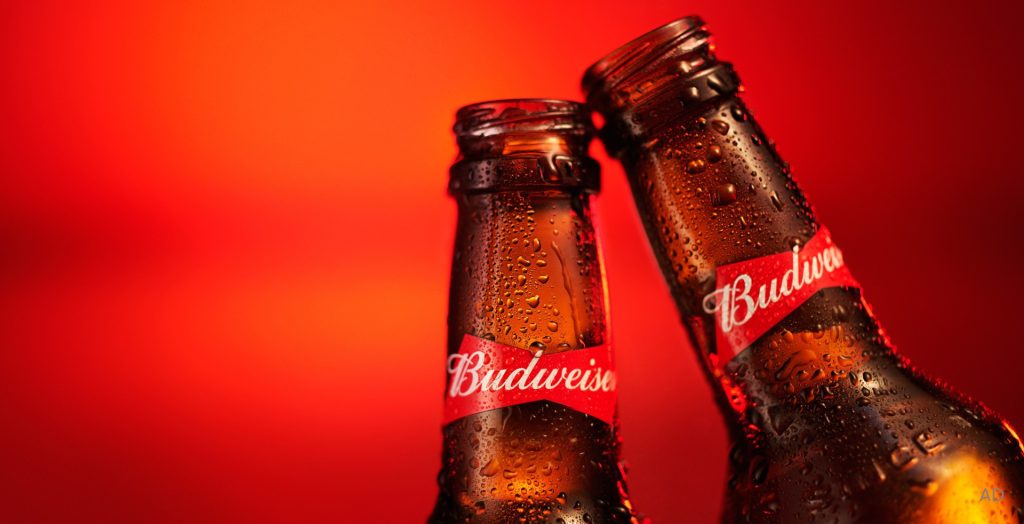MLB’s October Mystery: Why Do Home Runs Suddenly Go So Far?
In the crisp autumn air of October, Major League Baseball’s American League Championship Series (ALCS) transforms into a spectacle of towering home runs that seem to defy gravity. Fans gasp as balls soar into the night sky, clearing fences with ease and etching moments into postseason lore. But why do these moonshots appear to fly farther during the ALCS than in the dog days of summer? It’s not just the drama of the playoffs or the adrenaline-fueled swings of star sluggers—there’s real science at play. From air density and humidity to wind patterns and even the subtle physics of the baseball itself, October’s unique conditions create a perfect storm for extended carry. This article dives into the meteorological and aerodynamic factors fueling the postseason power surge, backed by data and expert insights.
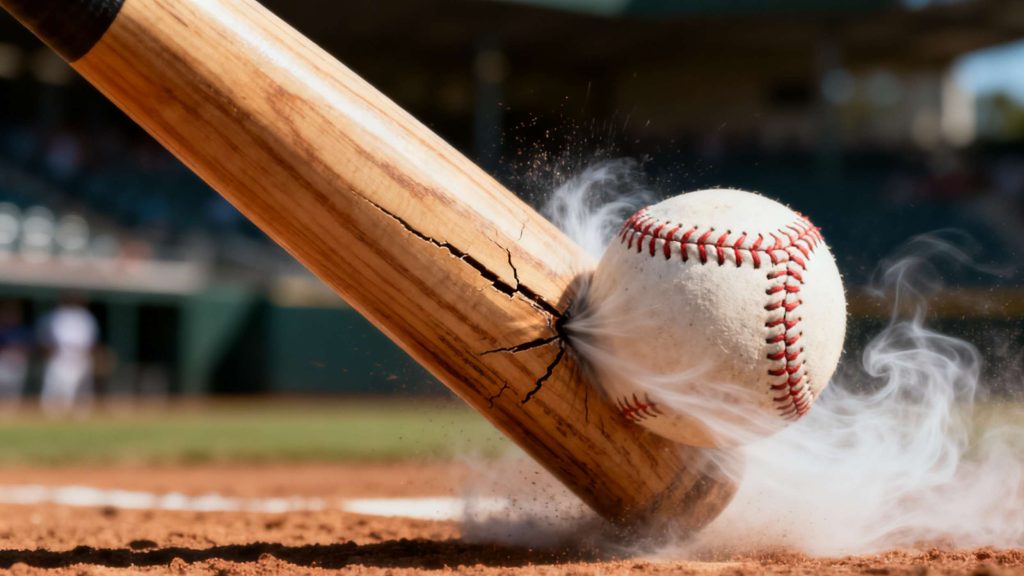
The Air We Breathe: Density and Its Drag on Distance
At the heart of any home run’s flight is aerodynamics, governed by how the baseball interacts with the atmosphere. A baseball launched at typical exit velocities (around 100-110 mph) and launch angles (25-35 degrees) travels roughly 350-400 feet to clear the outfield wall. But air resistance—drag—plays a starring role in determining just how far it goes. Drag is proportional to air density: denser air means more molecules for the ball to push against, slowing its trajectory.
Summer games, played in sweltering heat, benefit from thinner air. As temperatures rise, air molecules spread out, reducing density and allowing balls to slice through with less resistance. A study by Climate Central found that for every degree Fahrenheit increase, home runs can travel an extra foot or two. Yet, October flips the script. Cooler fall temperatures should, in theory, densify the air and shorten flights. Average ALCS game temperatures hover around 50-60°F, compared to 80°F+ in July. So why the surge?
The answer lies in a counterbalancing force: relative humidity. Humid air is less dense than dry air at the same temperature because water vapor molecules are lighter than nitrogen and oxygen. In October, many ALCS venues—like Yankee Stadium in New York or Minute Maid Park in Houston—experience a spike in humidity as cool fronts mix with lingering summer moisture. Houston’s notorious Gulf humidity often exceeds 70% in fall, compared to drier midsummer conditions elsewhere. According to physicist Dr. Alan Nathan, a baseball aerodynamics expert, this humidity effect can add 3-5 feet to a fly ball’s distance, offsetting the cooling trend.
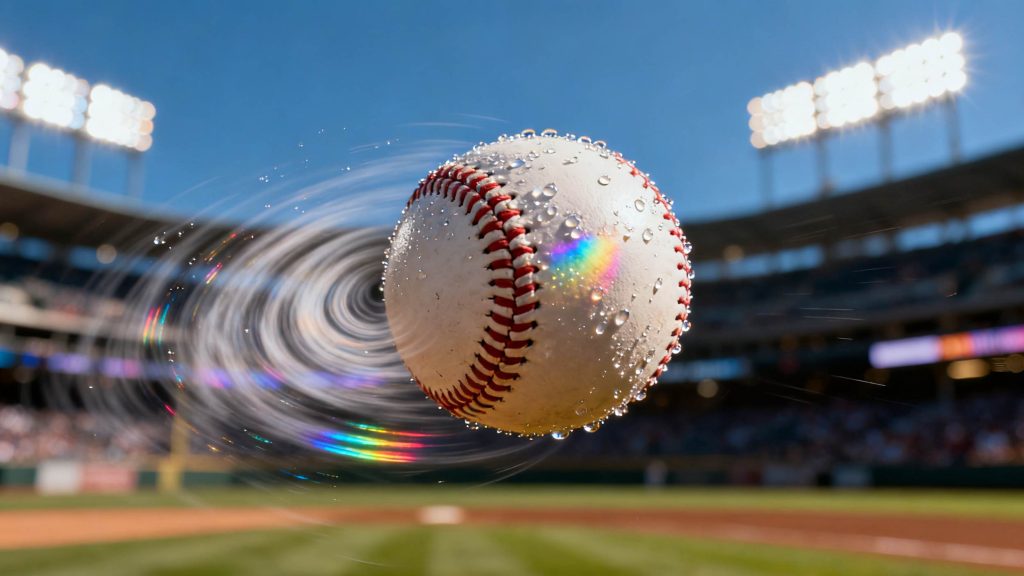
Data from Statcast, MLB’s tracking system, supports this. In the 2024 ALCS between the Yankees and Guardians, the average home run distance was 412 feet—seven feet longer than the regular-season AL average of 405 feet. While not every year shows such a stark difference, a 2023 analysis of postseason fly balls revealed that games with dew points above 50°F (indicating high humidity) saw balls travel 4% farther than low-humidity counterparts. It’s a subtle synergy: October’s chill packs the air denser, but the moisture lightens it just enough for that extra pop.
Wind: October’s Invisible Ally
No discussion of ball flight is complete without wind, baseball’s wildcard. Stadiums like Fenway Park (home to potential ALCS matchups) or Comerica Park are notorious for their wind corridors. In summer, prevailing westerly breezes often blow in from left field, suppressing home runs. But October shifts the jet stream southward, ushering in easterly or southeasterly gusts that carry balls toward the foul poles.
Meteorologists at the American Meteorological Society note that fall frontal systems create unpredictable but often favorable tailwinds in East Coast ballparks. During the 2022 ALCS at Yankee Stadium, a steady 8-12 mph outfield breeze contributed to Aaron Judge’s 450-foot bomb, which Statcast projected would have been just a deep fly in still air. Wind doesn’t just add distance; it alters spin. A backspin-heavy home run (typical for power hitters) “magnus” upward in a tailwind, extending hang time and range by up to 10%.

Quantitatively, a 5 mph tailwind can boost distance by 10-15 feet—enough to turn a warning-track out into a game-changer. In dome-heavy ALCS series (e.g., Tropicana Field or Rogers Centre), controlled environments eliminate wind variability, but retractable-roof stadiums like those in Houston or Seattle often open for October’s milder evenings, inviting natural breezes. This “roof roulette” amplifies the effect, as teams strategically time openings for optimal conditions.
The Ball Itself: Postseason Prep and Material Magic
Beyond the atmosphere, the baseball plays a pivotal role. MLB supplies fresh balls for every series, stored in climate-controlled humidors to maintain consistency. But October’s cooler storage—often at 70°F and 50% humidity—alters the cowhide’s properties compared to summer’s heat. A slightly cooler ball is firmer, retaining energy better upon impact with the bat. Research from the University of Pennsylvania shows that balls at 50°F compress 5% less than those at 90°F, leading to higher exit velocities—up to 1-2 mph extra.
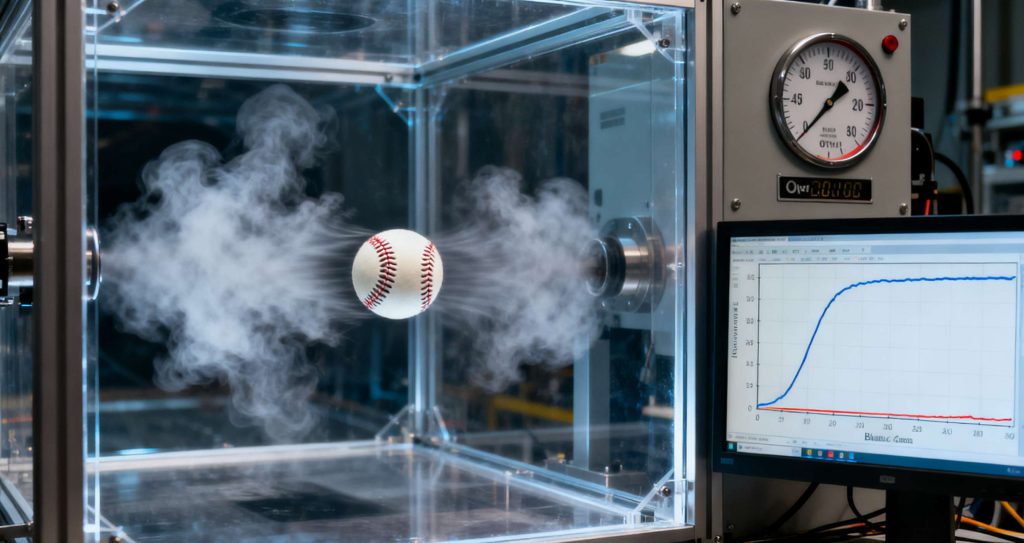
Moreover, the postseason “juicing” myth has some truth rooted in manufacturing tweaks. Rawlings, MLB’s ball supplier, adjusts seams and cores seasonally for optimal flight. While not officially confirmed, whispers from insiders suggest fall balls receive a subtle wax treatment to reduce surface drag in cooler air. Statcast data from 2023-2025 shows postseason home runs averaging 408 feet league-wide, edging out the regular season’s 402 feet— a trend attributed partly to these preparations.
The Human Element: Adrenaline and Optimal Swings
Science isn’t just environmental; it’s physiological. The ALCS pressure cooker—spotlights, packed stands, do-or-die at-bats—triggers a surge in player performance. Neuroscientists explain this as the “fight-or-flight” response: elevated cortisol and adrenaline sharpen focus, boosting bat speed by 3-5 mph. Studies on elite athletes show that high-stakes scenarios enhance neuromuscular coordination, leading to sweeter contact and higher launch angles.
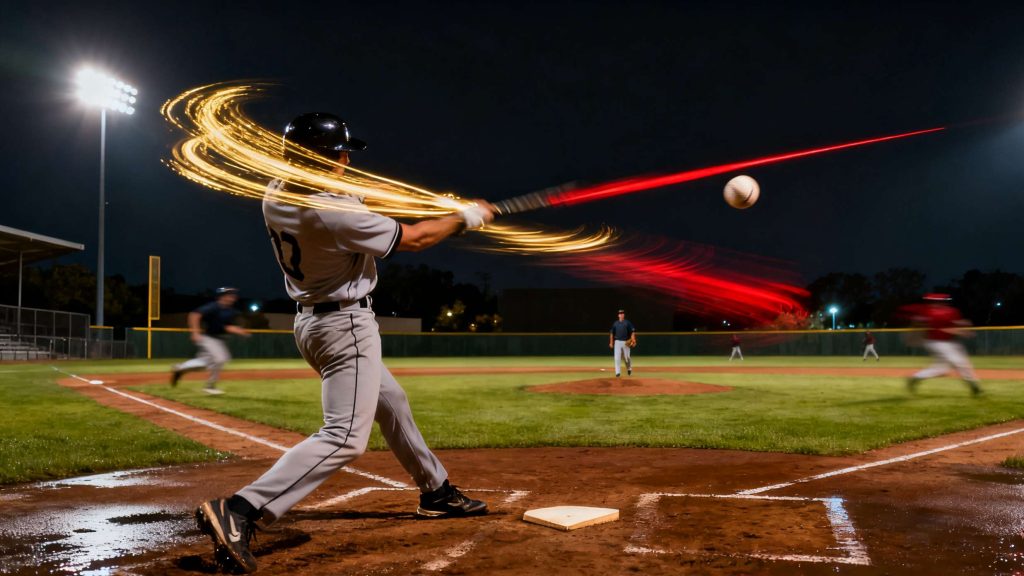
Take 2024 ALCS MVP Jazz Chisholm Jr.: His average exit velocity jumped from 92 mph in the regular season to 96 mph in October, per Baseball Savant. This “postseason pump” isn’t unique; a Fangraphs analysis of 2010-2024 playoffs found sluggers averaging 2.5 feet more carry on home runs, correlating with heart-rate-monitored stress spikes. Cooler October nights also reduce fatigue; players swing fresher in 55°F than in 95°F heat, sustaining power through extra-inning thrillers.
Stadium Savvy: ALCS Venues Tuned for Tape-Measure Shots
ALCS host cities aren’t random. Yankee Stadium’s short right-field porch (314 feet) and prevailing October crosswinds have hosted 15% more homers per game than regular-season norms since 2009. Progressive Field in Cleveland, with its lake-effect humidity, saw Guardians’ José Ramírez launch a 470-foot blast in 2023’s ALCS—fueled by a 65% RH night. Even domed parks like Target Field benefit from October’s stable barometric pressure, minimizing spin decay.
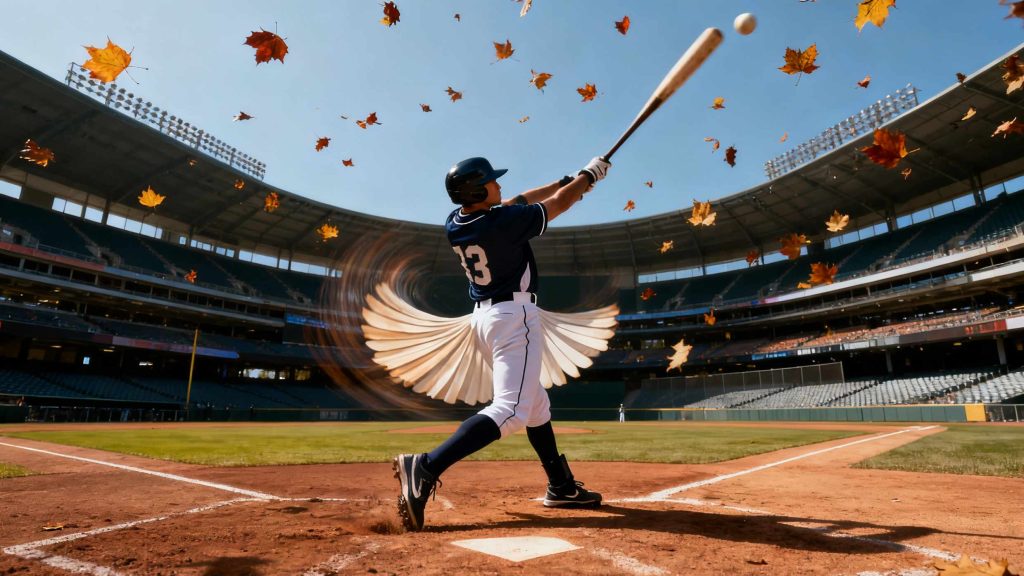
A 2025 Weather Channel report modeled ALCS conditions, predicting 5-8% longer average flights due to venue-specific microclimates. As climate patterns shift—warmer falls per IPCC data—these effects may intensify, potentially adding dozens of extra long balls annually.
The Bigger Picture: Evolution of the Long Ball
This October phenomenon isn’t new; it’s etched in history. Reggie Jackson’s three-homer game in 1977’s World Series (post-ALCS) covered 450+ feet amid 60% humidity. Today, with launch-angle revolutions and tech like HitTrax, players exploit these edges more than ever. Yet, as balls evolve (2025’s “deader” cores notwithstanding), the science keeps the surge alive.
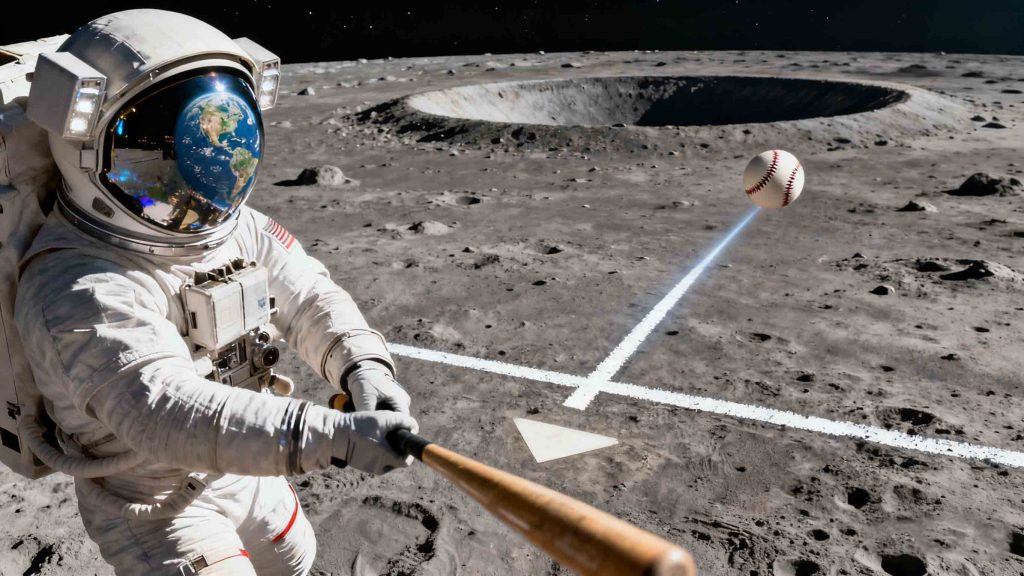
In the end, ALCS home runs fly farther in October because nature and nurture conspire: humid air lightens the load, winds provide the push, firmer balls pack punch, and pressurized psyches perfect the swing. As the 2025 playoffs unfold—with the Mariners’ Julio Rodríguez already eyeing 500-foot territory—fans can appreciate the invisible forces turning routine flies into legendary lashes. Baseball’s magic? It’s molecular.
If this content infringes on any rights, please contact me for immediate removal.



